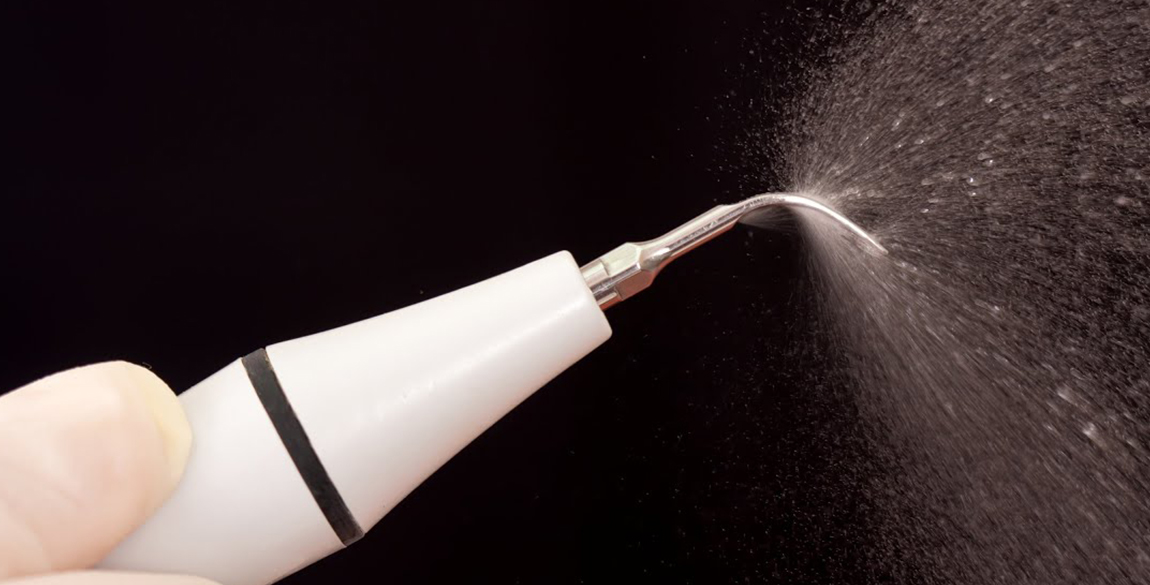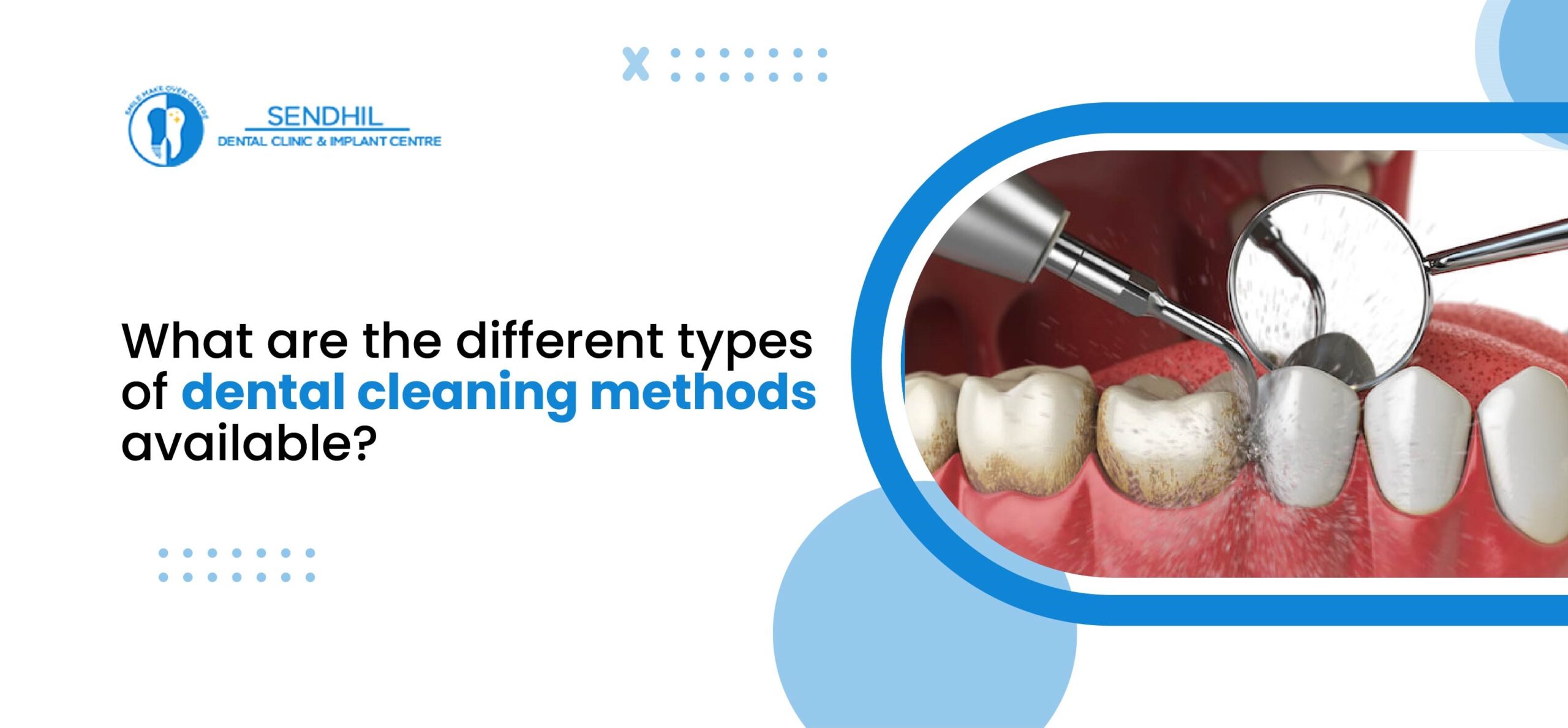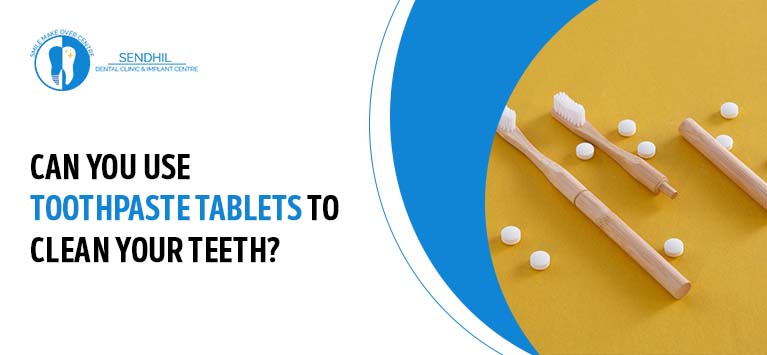
Ultrasonic Scaler: What It Is, How It Works
In this blog, we’ll explore ultrasonic teeth cleaning, the ultrasonic scaler, and related tools, like the dental scaler, ultrasonic dental cleaner, and home methods such as ultrasonic calculus removal at home. We’ll explain how does an ultrasonic cleaner works, how to use an ultrasonic cleaner, what is an ultrasonic cleaner, and what is ultrasonic dental cleaning. We’ll walk you through the benefits, disadvantages of teeth cleaning, professional vs. home use, and practical tips for safe cleaning, including choosing the best ultrasonic dental cleaner. At the end, you’ll feel confident in understanding and choosing the right method for your oral care.
Table of Contents
What Is Ultrasonic Dental Cleaning?
Ultrasonic dental cleaning uses a handheld device—an ultrasonic scaler—that vibrates at ultrasonic frequencies (typically 25‑50 kHz). It combines water spray with these vibrations to smartly break down and remove plaque and tartar (calculus) both above and below the gumline. It is often easier, faster, and more comfortable than a traditional dental scaler.
How Does an Ultrasonic Cleaner Work?
- High-frequency vibrations: The scaler tip oscillates 25‑50,000 times per second, mechanically disrupting tartar and bacterial biofilm.
- Cavitation: Microscopic bubbles form and implode around the tip, destroying bacteria cells.
- Water lavage: Continuous spray cools the tip and flushes debris and microorganisms.
Ultrasonic Scaler vs. Manual Dental Scaler
- Speed: Ultrasonic tools often complete cleaning in ~30 minutes, compared to over an hour when cleaning is done manually.
- Effectiveness: Both remove plaque well in shallow pockets, but ultrasonic scalers are more effective for deeper pockets (>4 mm).
- Comfort: Many patients find ultrasonic cleaning less invasive and more comfortable.
- Enamel safety: Less enamel damage compared to hand scraping.
- Limitations: Ultrasonic mist can aerosolise bacteria; not ideal for pacemaker wearers; may feel sensitive around receding gums.
Advantages & Disadvantages of Teeth Cleaning
Professional Ultrasonic Teeth Cleaning:
- Efficient and gentle plaque/tartar removal.
- Reaches deep periodontal pockets.
- Reduces bacteria and stains.
- Comfortable and fast.
Disadvantages of Teeth Cleaning with Ultrasonic Scaler:
- Risk of enamel abrasion or tooth surface scratch if used improperly.
- It can interfere with pacemakers.
- Possible tooth sensitivity in gum recession cases.
Best Ultrasonic Dental Cleaner: Professional vs. Home
In Clinic (Professional Grade)
- Devices account for customised tip selection.
- Hygienists adjust settings to comfort, ensuring safe, effective cleanings.
At-Home Ultrasonic Tooth Cleaner
- Products exist, but dentists often do not recommend ultrasonic tooth cleaners for home use due to misuse risk.
- Potential dangers include gum injury, infection, and improper scaling.
Conclusion: The Best ultrasonic dental cleaner is the one used professionally. The ultrasonic cleaner dental devices for home should be approached cautiously—focus instead on good brushing and flossing.
How to Use Ultrasonic Cleaner?
- The hygienist selects the correct tip angle (0‑15° angle to the tooth surface).
- Power settings adjusted to low in sensitive areas.
- Constant water spray to reduce heat and clean debris.
- Gentle sweeping motion—never hold the tip stationary.
- Evacuates aerosol with suction to reduce contamination.
- Follow-up: manual scaling and polishing in some situations.
Can You Do Ultrasonic Calculus Removal at Home?
Home-grade ultrasonic tooth cleaners exist, but many dental experts strongly advise against using them. Proper usage requires technique, pressure control, and infection prevention—skills professionals learn over the years.
Safer home alternatives:
Regular brushing twice daily with an electric or manual toothbrush.
Daily flossing or interdental cleaning.
Rinsing with water or fluoride mouthwash.
Visiting the dentist every 6 months for a dental scaling.
Home Remedies for Cleaner Teeth
- Use a soft-bristle brush twice daily with fluoride toothpaste.
- Try oil pulling (sesame or coconut oil swish for 10–15 minutes).
- Brush your tongue to reduce bacteria.
- Drink water after meals and avoid sugary snacks.
- Use baking soda occasionally for surface stain removal.
Conclusion
In summary, ultrasonic teeth cleaning performed by skilled professionals using an ultrasonic scaler is a safe, efficient, and comfortable way to remove plaque and tartar, even in deeper periodontal pockets. The combination of ultrasonic vibrations, cavitation, and water spray makes it superior in many cases to manual scaling, though limitations exist, like the mist, sensitivity issues, and pacemaker interference.
While ultrasonic calculus removal at home exists, the risks of misuse are high. Instead, keep up daily brushing, flossing, and dental check-ups every six months. That’s the healthiest and safest path to a bright, clean smile.
Frequently Asked Questions
An ultrasonic scaler is a device that uses high-frequency vibrations and water to gently remove plaque and tartar—faster and often more comfortably than manual tools.
A dental procedure using an ultrasonic scaler to break down and flush away plaque/tartar with ultrasonic motion and water spray.
It vibrates a tip at ultrasonic frequencies, creating bubbles that implode, disrupting bacteria, and flushing debris with water.
Professionals use it with proper technique, low power, angled motion, and water spray—home use is not recommended.
A device claimed to clean teeth at home using ultrasonic vibration; however, dentist supervision is advised to prevent gum/enamel damage.













